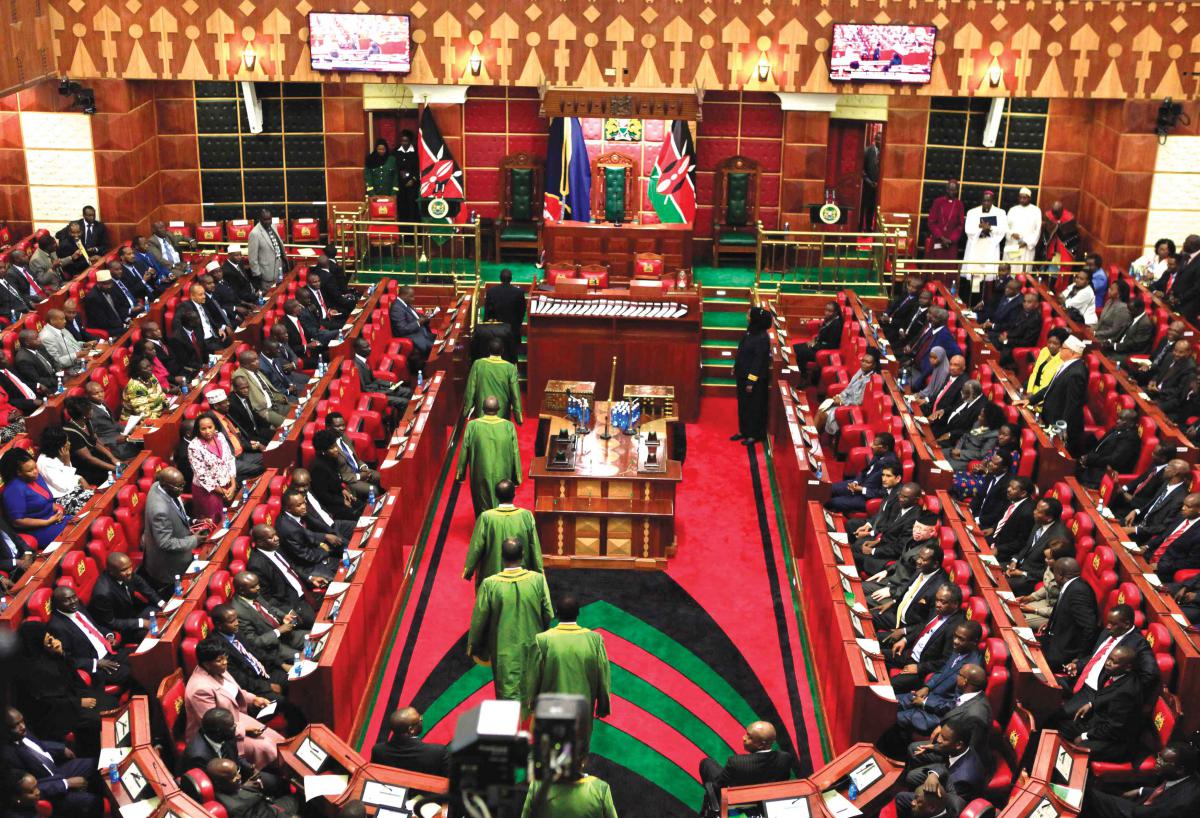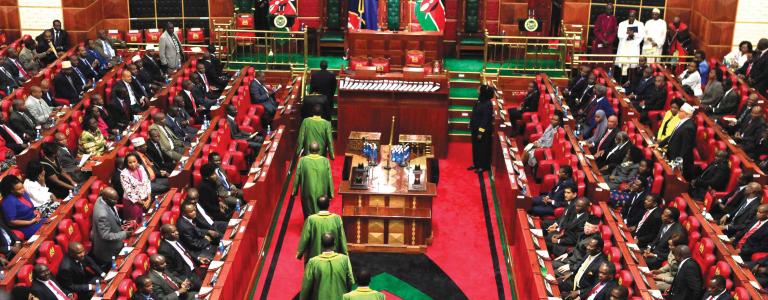Why Public Policy Matters When It Comes to Gender Equality for Sustainable Development
Cold statistics on gender equality in government reveal only part of the story; the cultures and processes behind the stats can teach us much more about where we are headed.
Gender inequality has always been an impediment to development. 2018 proved to be a year when explorations of gender parity burst forth into the mainstream more than ever before.
Against this global backdrop, IISD continues to spotlight gender concerns in sustainable development. For example, two of our recent reports reveal how gender, water and climate change are interwoven in policies emanating from Ugandan and Kenyan government institutions.
This matters greatly given that women—as adopters of new agricultural and energy technologies, educators of the young and main users of water for household needs—offer valuable insights and solutions into better managing the risks of climate change.
Working on these reports, I was impressed by the variety of public policy responses that can be incorporated in the water sector to empower women—a process known as gender mainstreaming—but also saddened at the reality of how traditional discriminatory mentalities still have deep roots. With this came the realization that progress to achieve gender equality in these countries is going to be very slow.
First let’s consider how well women are represented in positions that can effect change.
At first glance, statistics on women in leadership positions were disappointing—Kenya has elected only three female governors in 2017 out of a total of 47—a meagre 6.4 per cent.

But is the rest of the world really doing much better?
Having been born in Russia, I am always inherently interested in how my country is doing compared to the world on various issues. I discovered that Russia has only two women as heads of federal subjects (governors, presidents of republics and other heads of administration) out 85—an even less encouraging percentage of women’s representation (2.3%) compared to Kenya.
It’s clear, therefore, that statistics in both countries are strikingly similar; however, a peek behind the curtain reveals that these statistics have different stories to tell.
In Kenya and Uganda, the empowerment of women is firmly on the agenda. Significant improvements are being made in legislation with respect to representation of women in decision making, gender budgeting, and government staff training on gender issues. Furthermore, institutions such as the National Gender and Equality Commission in Kenya and the Equal Opportunities Commission in Uganda, have been set up to monitor and influence the state of gender equality.
Moreover, in in Kenya, a two-thirds gender rule in the Constitution’s Article 27(8) mandates that “not more than two-thirds of the members of elective or appointive bodies shall be of the same gender,” which not only guarantees 30 per cent women’s representation but also ensures there is no bias in areas where women may be overrepresented.
Undoubtedly, more work is needed at the policy implementation level in both countries, but the progress is evident. No women were elected governors in Kenya’s 2013 election; however, the situation improved when three were elected in 2017.
Women, as adopters of new agricultural and energy technologies, educators of the young and main users of water for household needs, offer valuable insights and solutions into better managing the risks of climate change.
In Russia, on the contrary, the existence of problems related to gender is not recognized at the official level. Various acts violating women’s rights serve as evidence, such as the recent legislative change decriminalizing domestic violence to which women mainly fall victim. Moreover, there is a lack of government commitment, knowledge and capacity for gender sensitive budgeting or planning.
Furthermore, any stipulations such as Kenya’s two-thirds gender rule are absent in the policies of Russian governments.
Turning the lens back on the advancement of a sustainable world, having women in positions of power matters greatly, not only in the name of gender equality and representation, but because women’s experiences and roles in society and households bring invaluable insight into how to protect important resources and deal with climate change.
The current state of affairs may reveal one layer, while a closer look at policy landscapes and broader cultural shifts may better reveal where we are headed. As we have seen, though Kenya and Uganda may have similar percentage of female policy-makers as Russia, the trajectories towards gender parity are quite different.
Therefore, in light of the processes happening in East Africa as policies becomes better enforced, we can expect countries like Uganda and Kenya to advance further towards gender equality, and thus find themselves better equipped to construct sustainable futures.
And what I have certainly learned by conducting this research is that in the world of sustainable development commonly understood East/West binaries about gender equality don’t always prove to be true, and that an appreciation of context and broader landscapes can prove just as valuable as homing in on existing facts.
You might also be interested in
Adaptive and Inclusive Watershed Management: Assessing policy and institutional support in Kenya
This report explores existing institutional linkages between gender, water and climate change in Kenya.
Adaptive and Inclusive Watershed Management: Assessing policy and institutional support in Uganda
This report looks at how Uganda’s various institutions and policies incorporate climate change and gender considerations into planning, budgeting and monitoring in the water sector.
For Nature-Based Solutions to Be Effective, We Need to Work with Indigenous Peoples and Local Communities
Nature-based solutions have been praised as a promising approach to tackling the twin crises of climate change and biodiversity loss. But some Indigenous Peoples and local communities are questioning the legitimacy of the concept and what it symbolizes. It is time to listen to what they have to say.
How Can We Work With Nature to Tackle Drought and Desertification?
Drought is one of the most devastating and pervasive challenges exacerbated by climate change. However, we can work to reduce its effects through nature-based solutions for land restoration and climate-smart agriculture.
